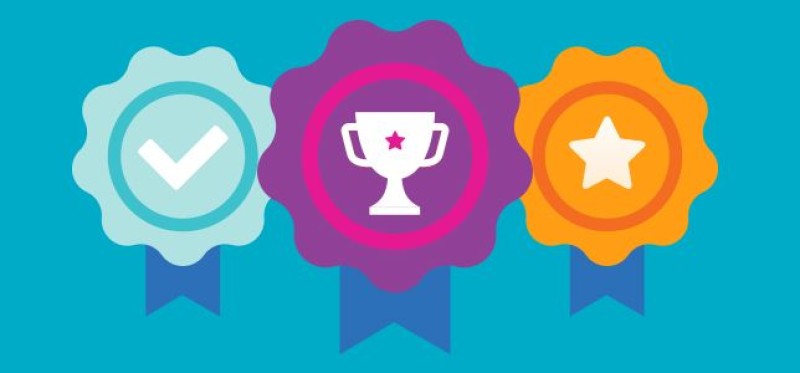Whether or not you realize it, there’s a good chance you’ve participated in a gamification program. Airlines, hotels, grocery stores, weight loss, wearable devices and most industries offer loyalty programs that use game-based mechanics to drive real-world behavior. But despite its ubiquity, companies can stumble in using gamification. To set your program up for success, here are examples and tips for creating savvy gamification programs.
Make It Data-Driven
There’s a belief that if you create a program, employees will use it.
That’s false. Employees are busy and will ignore a new tool or platform unless its value is clear. Similarly, don’t create the program in a vacuum. Survey employees on the challenges and pain points that they face and see whether it’s something that can be improved through gamification.
Additionally, appoint a gamification specialist or someone who will keep track of user data from the program. The gamification specialist should work with the vendor on identifying patterns and opportunities to make the program more effective. And if you’re really ambitious, integrating the data from a gamification program with other datasets can potentially yield deeper insights.
Don’t Hate the Player, Change the Game
When created properly, people are going to figure out ways to game the game. This is not a bad thing, it just needs to be monitored and adjusted accordingly. It’s the responsibility of the gamification specialist. Travel and hospitality experienced this years ago and annually modify their points and recognition programs to encourage loyalty amongst their customers while limiting the chance of their programs being “gamed.”
The key is for the users to be involved in the “game.” As we talk about below, once the game is designed to drive performance and positive behavior change, the vast majority of people are good natured and honest. They will play within the rules and do their best to win. Changing the rules, points acquisition and badging strategy is more than just the prevention of gaming, it keeps this fresh, exciting and motivating for all.
Reward What You Want Repeated
To motivate employees, you have to focus on the behaviors you want to influence most and then reward them. You don’t need to reward everything; employees will get confused and you won’t be able to motivate anyone. It’s a basic management principle: Reward the behavior you want repeated. Doing so in the world of gamification drives employee satisfaction and operational, performance and/or behavior.
Make It Optional…Sort of
While a gamification program may be created in an employee’s best interest, not everyone will want to participate. Unless you’re using gamification for a mandatory task, consider your learner’s preferences. Some people may be motivated to learn through other ways. Remember to give those learners the choice to complete the training or task in an alternate way, such as reading a manual, watching a video, or personalizing the program through various activities that interest the individual participants.
For instance, an automaker introduced a gamified app, which served two purposes: to increase employee participation and boost sales performance. To increase participation, the salespeople earned points for certain accomplishments like participating in an extra training course or receiving a great performance review. Those points translated into “dollars” that they can apply to cars in a virtual dealership. The users can enhance the cars with new tires, paint jobs, and even test drive the real version of their virtual cars. As a result, the salespeople were able to discuss the car models from a more personal perspective and were incented to perform at a higher level.
As the automaker example demonstrates, a gamification program can both drive employee engagement and improve the customer experience. Of course, there’s more than one correct way to create a gamification strategy. Focusing on the interests and needs of the user, whether it’s an employee or customer, increases the chances your gamification program will be a hit.
Also, check out the most recent issue of our eNewsletter.















